Shimla; the colonial summer capital of India is a famous tourist destination with a resident population of over 2 lakh people within its municipal limits (2011 census). People from all over the world come to see the ‘Queen of the Hills’, but little do they know of the wild residents in town.
A collaborative photo documentation of the city conducted by the Wildlife Wing of the Himachal Pradesh Forest Department and Wildlife Conservation Society-India (WCS-India) showed how wild animals use urban areas at night. The aim of this survey was to document the mammalian diversity of Shimla city.
Twenty pairs of camera traps were set up at ten locations in and around Shimla city between 1st October and 27th October 2015 by volunteers and researchers. The interested local residents were our volunteers and took part in the camera trapping exercise by being responsible for setting up the camera traps close to their homes. In nine of the ten locations, we got a total of 33 captures of leopards over 178 trap nights. The tenth location captured a predator of the other kind. The camera trap set up in the location managed to solve the mystery of the disappearing copper cables used for telephone wires in the locality. A ‘cable chor’ (Cable thief) was caught on the camera trap and the volunteer who helped us set up the trap submitted the photo to the electricity department and won an award.
Often we think wild animals belong to National Parks or Wildlife Sanctuaries or within forests. Increasingly, people are recognising that animals do not follow man-made boundaries and use the landscape as they wish, but importantly only in the night; when humans are least active. Often, we would get captures of humans and animals at the same location 1-2 hours apart. In many cases the people also knew about their neighbourhood animals, like the elderly gentleman in Shogi who told us about the leopard that passes his main door periodically. While we were talking to him in the morning, his little grandson was playing nearby. There was no fear of the leopard in this person who said the leopards had been here always. He said as long as the livestock was well secured there was no problem from this cat and sure enough, his livestock shed, which was adjoining his house, was fool proof.

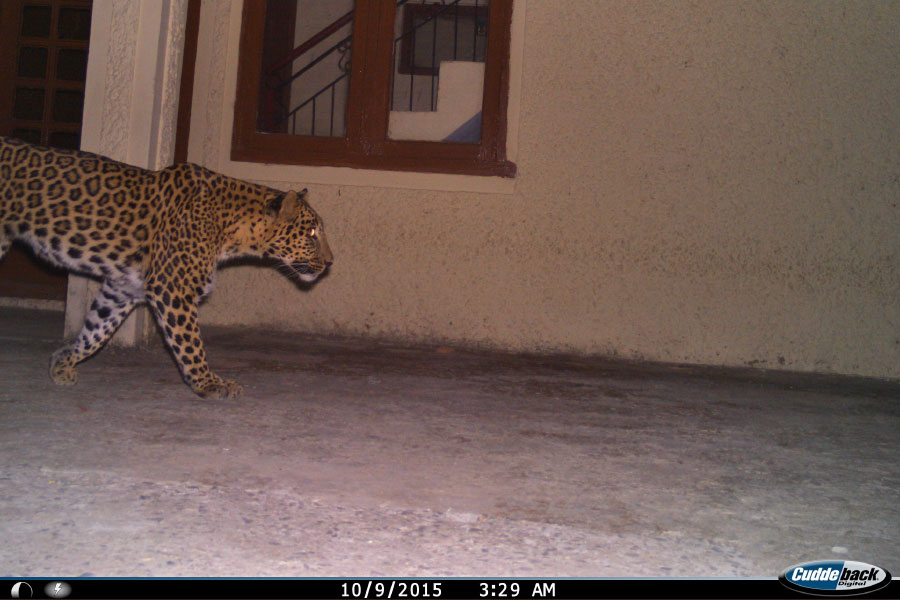
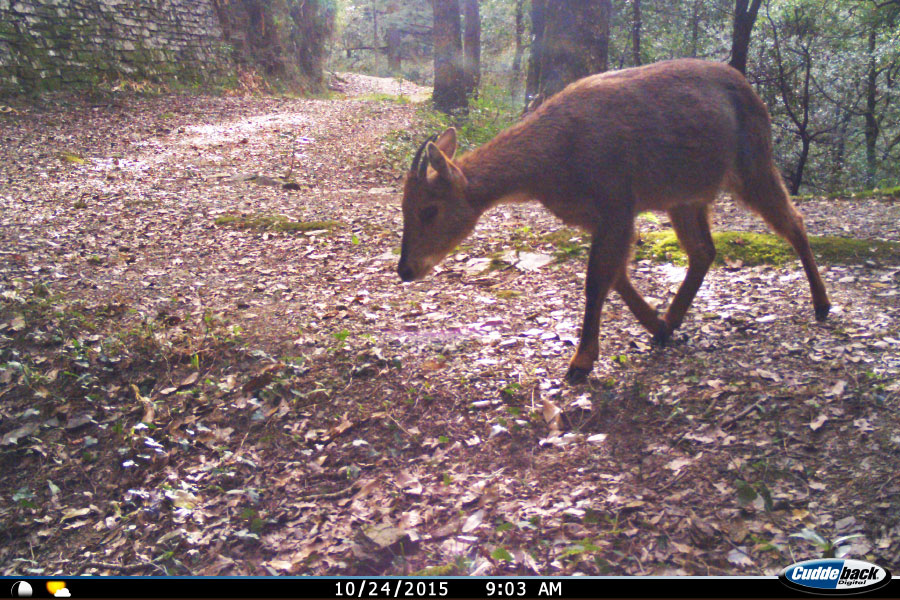
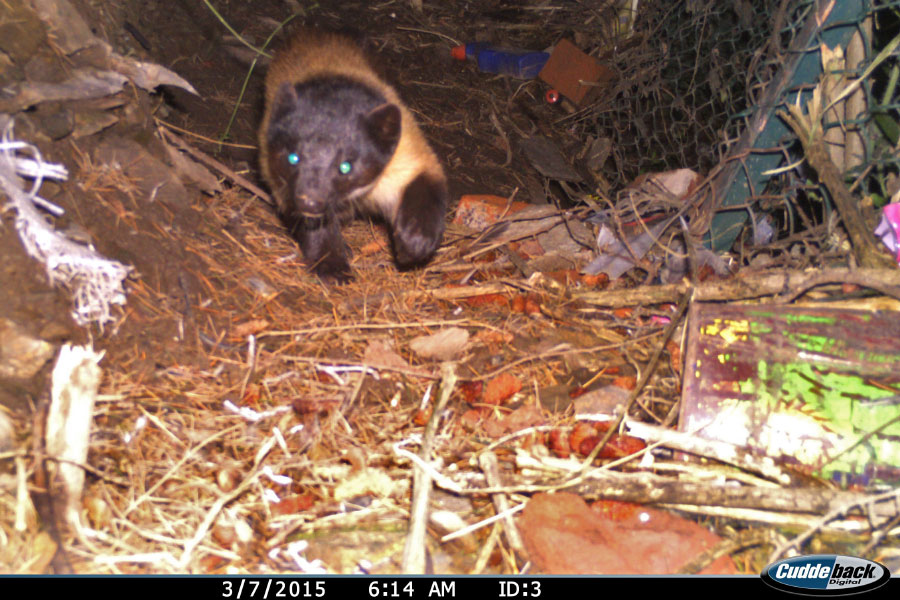
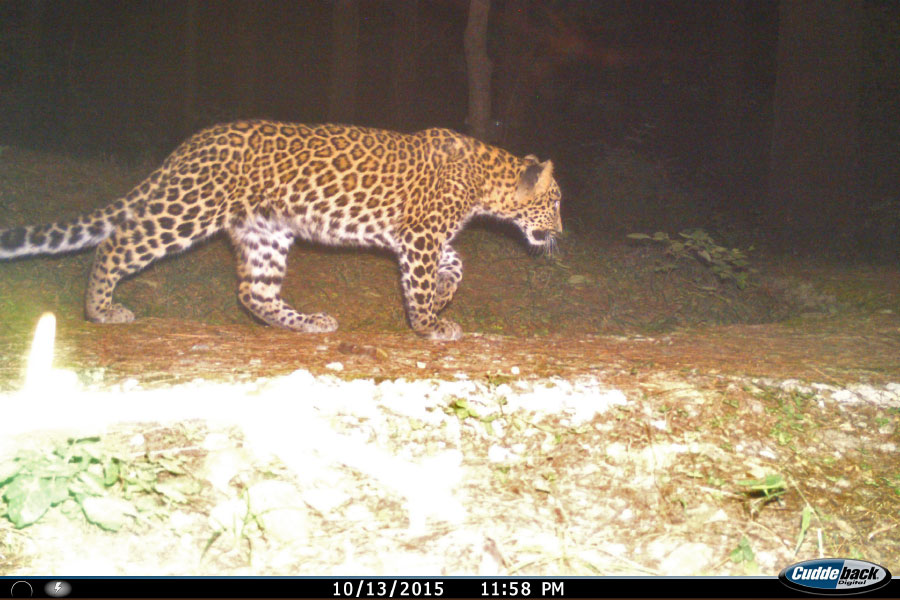
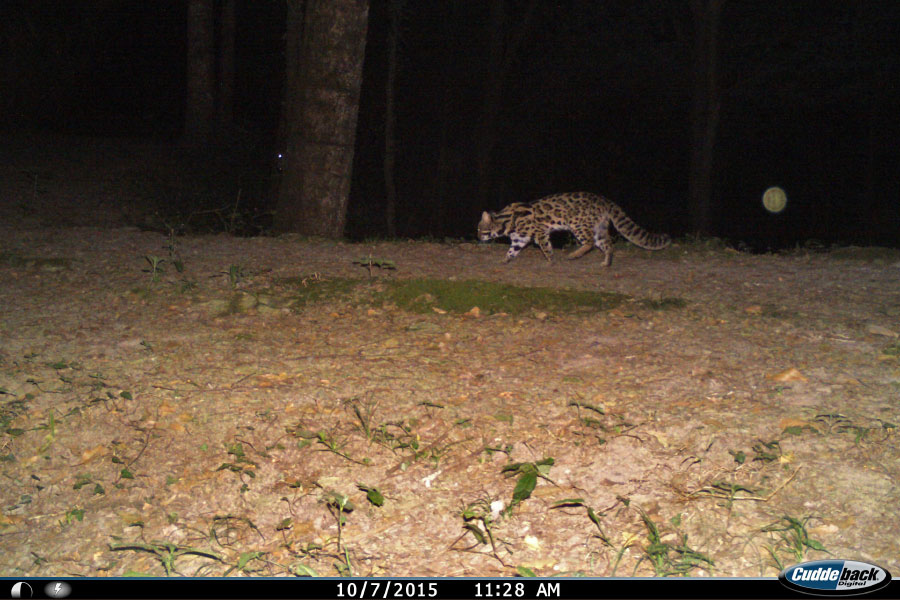
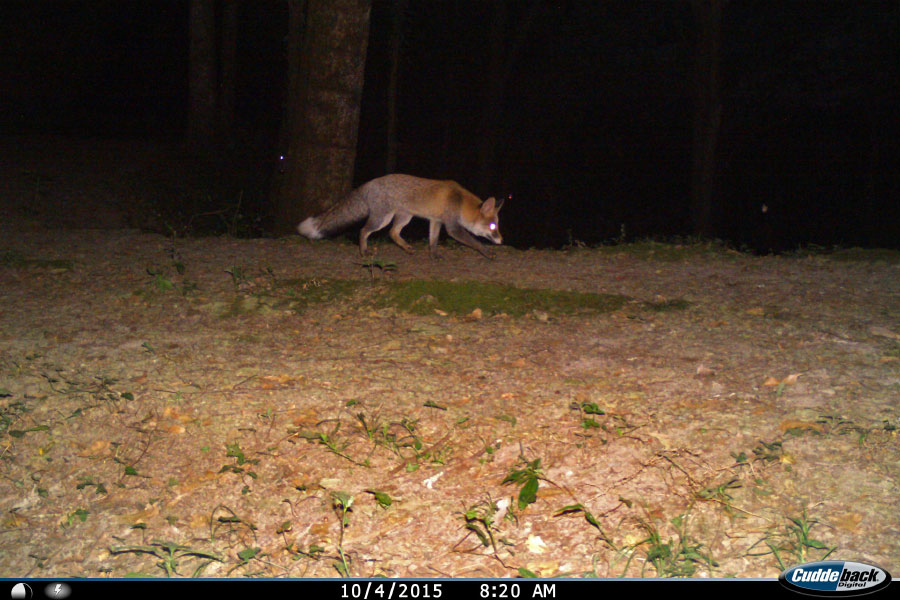
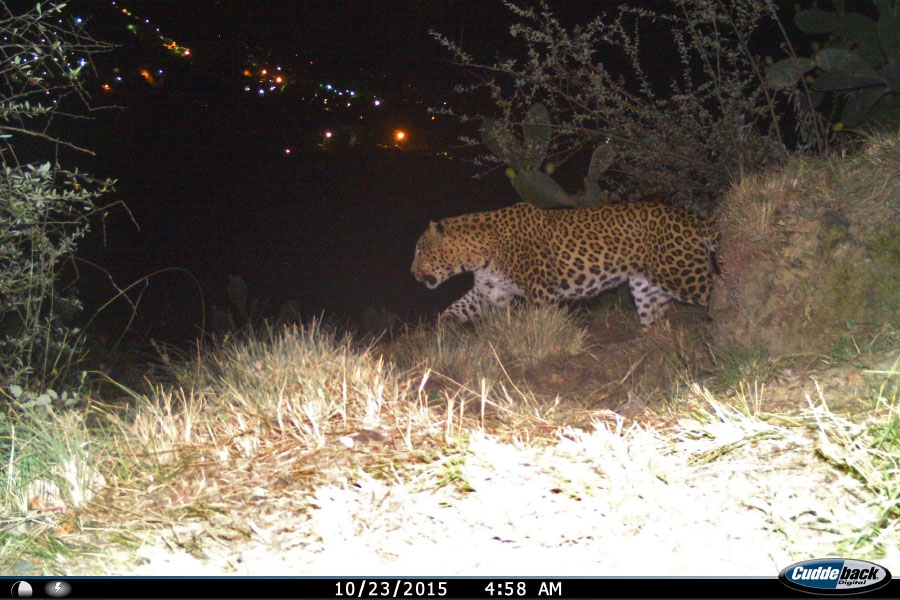
 CI is a non-profit, non-commercial portal that aims to facilitate wildlife and nature conservation by providing reliable information and the tools needed to campaign effectively.
CI is a non-profit, non-commercial portal that aims to facilitate wildlife and nature conservation by providing reliable information and the tools needed to campaign effectively.
Chosen as 'Picture of the Week'
We often think that wild animals belong to National Parks or Wildlife Sanctuaries or within forests. However, people are increasingly recognising that animals do not follow man-made boundaries, and use landscapes as they wish.